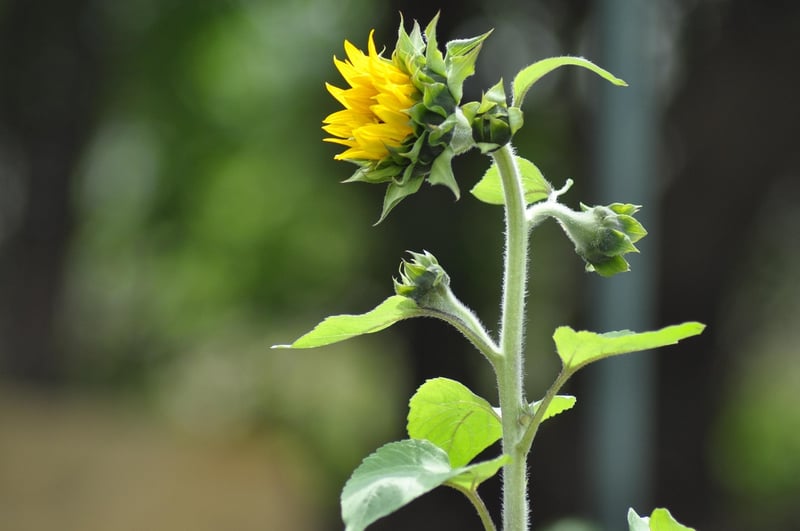Community plots
Tips for Urban Gardening and Community Plots
Urban Gardening
Urban gardening is a growing trend that allows city dwellers to cultivate plants, herbs, and vegetables in small spaces. Here are some tips to help you start your urban garden:
1. Choose the Right Plants
Opt for plants that thrive in containers or small spaces, such as herbs like basil, mint, and parsley, or vegetables like cherry tomatoes, peppers, and lettuce.
2. Use Vertical Space
Maximize your space by utilizing vertical gardening techniques. Install wall-mounted planters, hanging baskets, or trellises to grow plants upwards.
3. Select the Right Containers
Ensure your containers have drainage holes to prevent waterlogging. Use lightweight containers for easy mobility and consider repurposing items like buckets or crates for planting.
4. Provide Adequate Sunlight
Most plants require at least 6-8 hours of sunlight per day. Choose a sunny spot for your urban garden or consider using grow lights for indoor gardening.
5. Regular Maintenance
Water your plants regularly, fertilize as needed, and monitor for pests or diseases. Urban gardens may require more attention due to limited space.
Community Plots
Community plots are shared gardening spaces where individuals come together to grow produce, flowers, or herbs collectively. Here are some benefits of participating in community plots:
1. Shared Knowledge
Learn from experienced gardeners and exchange tips and tricks for successful gardening. Community plots provide a wealth of knowledge for both beginners and seasoned gardeners.
2. Social Interaction
Engage with like-minded individuals who share your passion for gardening. Community plots foster a sense of community and camaraderie among participants.
3. Access to More Space
Community plots offer access to larger gardening areas than individual urban gardens. This allows for growing a wider variety of plants and experimenting with different techniques.
4. Shared Resources
Pooling resources such as tools, seeds, and compost can reduce individual costs and make gardening more affordable. Community plots promote sustainability through resource sharing.
5. Support Local Initiatives
Participating in community plots supports local initiatives focused on green spaces, sustainability, and food security. It contributes to a greener urban environment and promotes healthy living.


Whether you are looking to start your own urban garden or join a community plot, these tips can help you make the most of your gardening experience in urban settings.
Remember, urban gardening and community plots not only benefit you but also contribute to a greener, more sustainable community for all to enjoy.
